

Unravelling the story of planets within our galaxy
Twinkle will deliver visible and infrared spectroscopy of thousands of targets, enabling scientists to produce transformative research on exoplanet atmospheres, solar system objects, stars and stellar discs.

Extrasolar & Solar System Science

IR Spectroscopy (0.5-4.5 μm)
Low-Earth Orbit

2025 Launch

Extrasolar Science
Twinkle will provide a high-quality infrared spectroscopic characterisation of the atmospheres of a population of exoplanets, covering a wide range of planetary types.
Solar System Science
Twinkle will study the surface composition of thousands of small bodies within our Solar System
The Satellite
Twinkle is being designed in collaboration with leading satellite and instrument manufacturers Airbus and ABB. The high-heritage approach to the design and component selection will deliver a high-specification astronomy satellite within the short timeframes usually associated with commercial satellites.
The satellite will operate in a low-Earth, Sun-synchronous polar orbit, maximising opportunities for science observations along the ecliptic plane.
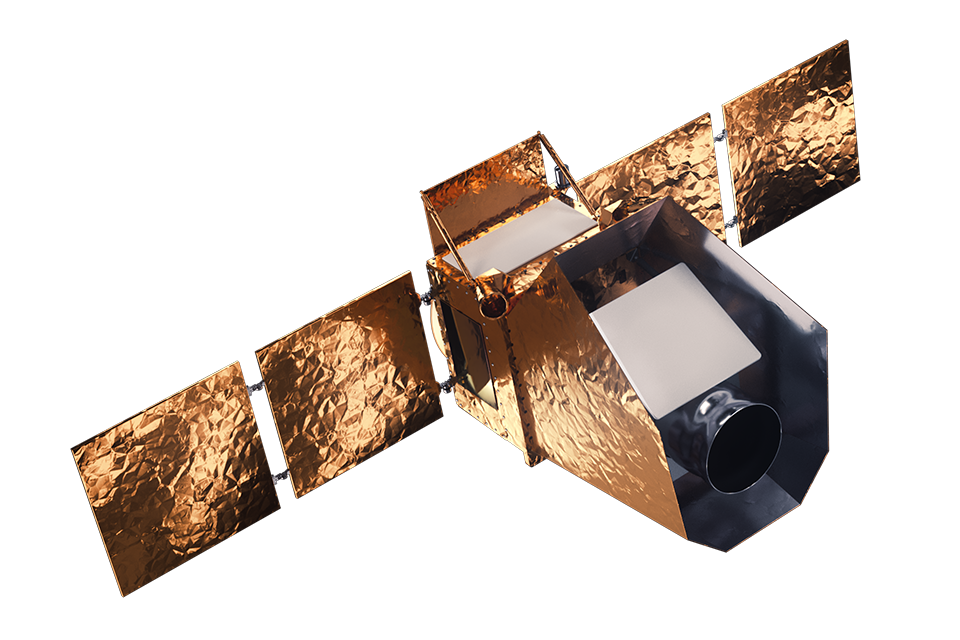


| Primary Mirror | 0.45 m |
| Spectral Range | 0.5-4.5 μm |
| Ch0 Resolution | 0.5-2.4 μm (max R=70) |
| Ch1 Resolution | 2.4-4.5 μm (max R=50) |
| Active Detector Cooling | <90K, no consumables |
| Pointing Solution | Star Tracker + Gyro |
Participating Institutions

Cardiff University
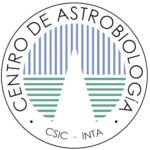
Centro de Astrobiología

Earth-Life Science Institute, Tokyo Institute of Technology
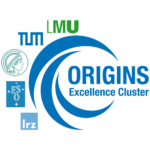
Excellence Cluster ORIGINS

French Alternative Energies and Atomic Energy Commission

Ludwig-Maximilians-Universität München

Nanjing University

National Tsing Hua University

Ohio State University

Tohoku University

University of Central Lancashire

University of Delaware

University of Toronto

University of Liege

University of Southern Queensland

Vanderbilt University

Survey Programmes
Delivering visible and infrared spectroscopy of thousands of objects within and beyond our solar system
Each survey aims to encourage worldwide scientific collaborations leading to high-impact publications by providing powerful population studies in two science areas: exoplanets and solar system bodies.